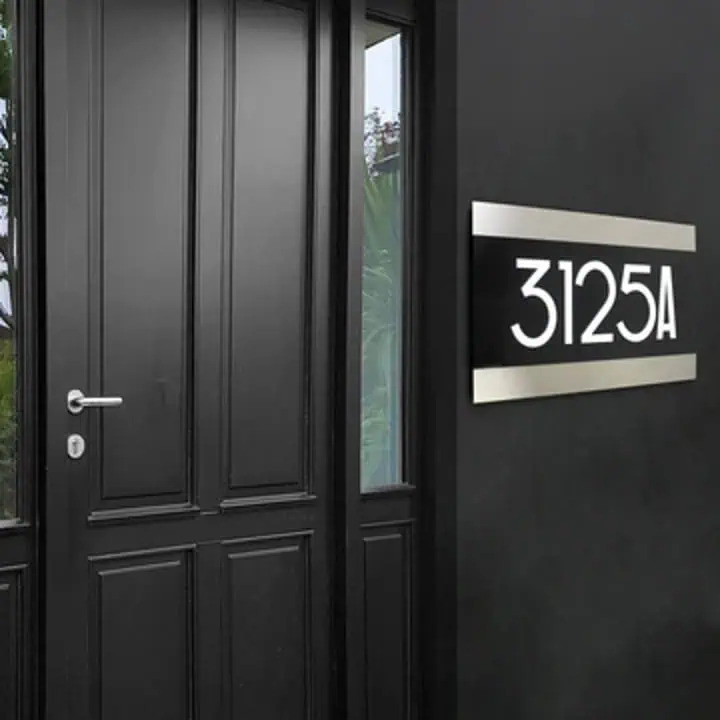Almost everything we do is intended to make our lives easier and smoother. Proper organization of the surrounding space plays a huge role in that. Just imagine how complicated life would be if you had to wait for delivery or emergency services for ages.
Their quick response partly became possible thanks to the fact that humanity evolved to the stage where we started using house numbering schemes in residential areas.
That was quite a short introduction to why we need them. Now, let’s take a closer look at the very essence of modern house numbers.
Standards for Modern House Numbers
So, we’ve just figured out fleetingly that the most important function of house numbering is to satisfy administrative purposes. Keeping this in mind, we realize that administrative organization has something to do with authorities, and authorities are well known for imposing their regulations. House numbers are no exception.
However, the thing is that standards for house numbers differ all over the globe within different jurisdictions. So here we won’t give you a detailed guide, we can just provide some basic criteria that are included in most standards for modern house numbers:
- Sizes: House numbers have to be bigger than interior door plaques as they are used outdoors and have to be visible from the road.
- Content: A house number shouldn’t be redundant with too much information — only necessary address details must be included.
- Colors: For better visibility from a long distance, it’s suggested that the written content of house numbers should be in contrast with the background plate or other surfaces.
Buy on Bsign store if you want to get a custom item that meets all the most sophisticated standards.
Early Uses of House Numbers
The issue of efficient provision of services has always been relevant. That’s why, in the 18th century, authorities of some European cities and towns decided to implement a new efficient scheme or territorial organization.
What they did was substitute house signs with door numbers, simplifying the address identification process and increasing the efficiency of mail delivery. It’s reported that the first such reform in Europe was made in London, in 1708.
Further on, this system spread across other European countries and their colonies all around the world. In the 1720s, house numbers were used to mark the suburbs of Paris, and 40 years later, in 1768, the French king decreed that all houses in France should be marked with house numbers in order to simplify the navigation of troops.

A Few Tips on How to Use House Numbers Effectively
- Use durable materials: If you don’t want to buy a new house sign once in several years, we suggest that you buy items made of durable materials. House numbers are affixed outdoors, which makes them prone to severe weather conditions and changing temperatures.
- Use additional equipment: Bsign store doesn’t provide illumination elements for its outdoor signs. However, we recommend you buy such solutions in addition to house numbers. This way you’ll make sure that they are visible even at nighttime.
- Rely on trusted mounts: You can mount your house number with either tape or screws. As mentioned above, an outdoor sign will constantly face severe conditions, so it’s better to rely on screw-based mounts.
It seems that this article has just briefly relayed everything you need and would like to know about house numbers. Remember to make a reasonable choice and put quality over everything else.
Article and permission to publish here provided by Benjamin Byrney. Originally written for Supply Chain Game Changer and published on May 28, 2024.
Images provided by Benjamin Byrney.

